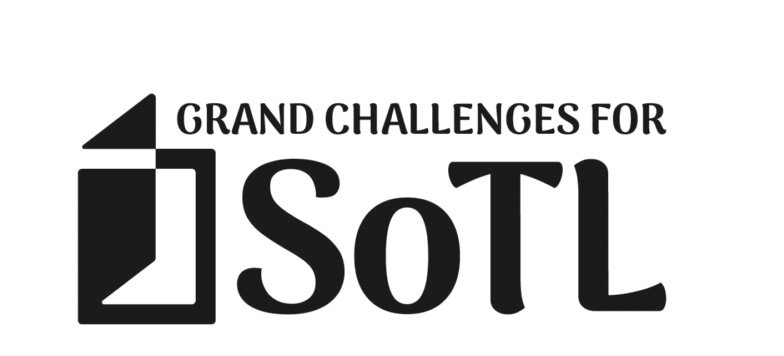A literature review is an organization and evaluation of existing research that is relevant to a specific topic or subject area. It is usually structured chronologically or thematically. An effective literature review must include an overview, a summary, and a critique.
The purpose of a literature review is to convey knowledge and ideas established for a specific topic, and to discuss their strengths and weaknesses. Furthermore, a literature review provides the author with a useful background for further research on a particular topic by identifying gaps in the literature, which require further study.
Designing a Literature Review
Identify a topic and searching for literature
Before starting a literature review, it is necessary to have a well-defined topic that is neither too broad nor too narrow. An overly broad topic will make a literature search difficult, as there is a larger the volume of literature available. Conversely, a literature review on a too narrow topic will also be difficult, as there may be insufficient literature to engage with.
Once a topic is chosen, start by identifying literature related to that topic. It is often useful to read article and book reviews in the review sections of journals. Scanning through the table of contents of books and journals, as well as reading article abstracts, are other useful techniques for identifying relevant literature.
Use literature that is up-to-date, peer reviewed, and published in reputable journals and other publications within your subject area. It is also important to identify scholars and authors that have significant influence in the subject area and/or have contributed knowledge or an idea that has furthered the understanding of the topic.
Start with the most current literature and work backwards so that the reference lists in current research can be used to identify earlier and influential literature on the topic.
Classify the information
Once the literature has been gathered, it will need to be organized and structured in a logical and orderly manner. There are several methods that can be used to organize literature.
Organized by theory. Generally, literature is classified into groups based on theories or similar methodological approaches.
Organized chronologically. Literature can also be organized chronologically, but, if using this method, it is necessary to identify specific trends in literature that have evolved in specific periods of time.
Summarize
It is important to summarize the literature, but the summary should not dominate the literature review. The purpose of the summary is to provide the reader with enough information to understand the main concepts of the literature being reviewed as it relates to the thesis topic.
Critique
Critiquing the literature is the most important and, often, the most complex task in a literature review.
Use criticism to identify gaps or shortcomings in literature that requires further study. Ideally, these gaps will be explored more fully in the empirical section of the thesis.
Compare the literature to identify areas of debate, as well as agreement.
Questions to consider when writing a literature review
What are the significant discoveries, key concepts, arguments, and/or theories that scholars have put forward? Which are the important works?
On which particular areas of the topic has previous research concentrated? Have there been developments over time? What methodologies have been used?
Are there any gaps in the research? Are there areas that have not been looked at closely yet, but which should be? Are there new ways of looking at the topic?
Are there improved methodologies for researching this subject?
How will my research build on or depart from current and previous research on the topic?
What contribution will my research make to the field?





















